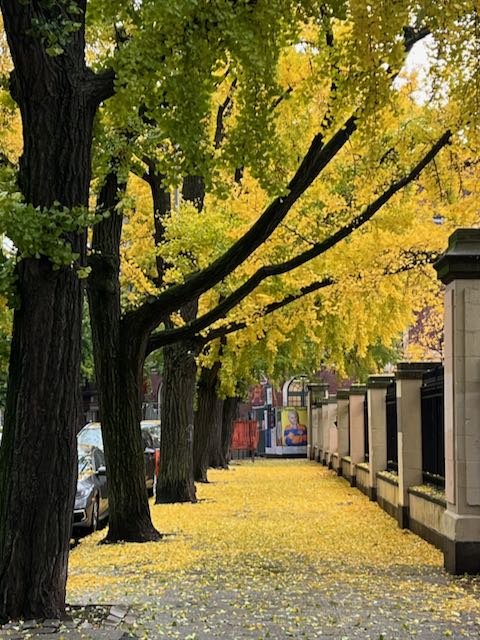
Spring, Summer, Autumn, Winter. In the temperate north, we swing through this cycle year after year, perhaps taking note of the first sunny day after months of clouds, or appreciating the changing of the leaves. Seasons coincide with holidays, our conversations ruled with talk of “this time of year.”
Elsewhere, the nuances of a place take precedence in keeping time. The Japanese calendar follows three seasons, with 24 unique divisions known as sekki. Sekki comprise the overarching tone or feel of the time, about half a month, starting with risshun (“beginning of spring”) on February 4, then leading into usui (“rainwater”). March 6 marks keichitsu (“insects awaken”), and so on.
Within each sekki are three more divisions of kō, each of about five days. Nestled in the first sekki of risshun are three kō:
February 4–8
東風解凍 Harukaze kōri o toku
East wind melts the ice
February 9–13
黄鶯睍睆 Kōō kenkan su
Bush warblers start singing in the mountains
February 14–18
魚上氷 Uo kōri o izuru
Fish emerge from the ice
The Book
New York is its own ecosystem, with enough idiosyncrasies week by week to distinguish its own sekki and kō. THE 72 MICROSEASONS OF NEW YORK is an illustrated compilation of 72 distinct sensations New Yorkers regularly experience living in the city over the course of a year. The book will feature a variety of artists working in NYC today and roughly follow the outline of Japan’s seasons, creating a humorous and realistic portrayal of urban living today.